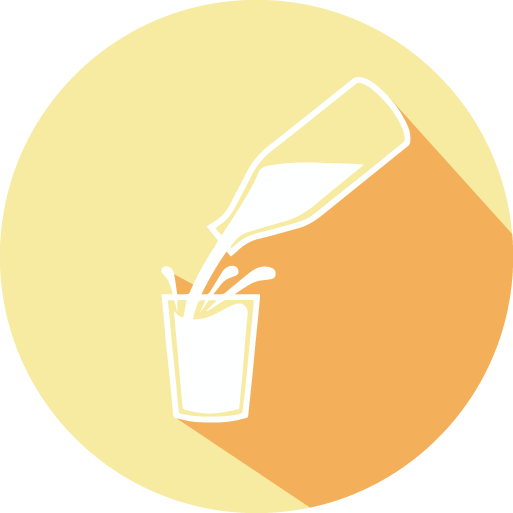How often do you research a product online before going to the physical shop to make your purchase? Most modern-day shoppers can no longer live without the so-called process of webrooming.
In fact, at least 74% of shoppers are webroomers. Almost half of webroomers do so because of a need for touch (NFT): the desire to feel, touch or smell a product before making the decision to buy.
Understanding such cross-channel customer experiences is a must for modern-day retailers. Get ready to find out just how going through online shopping windows and the need for touch influence customers’ in-store shopping behavior.
Posted in Archive, Conversion
published on Monday, 13 June 2022

In their battle for customer attention, food packaging designers are eager to implement techniques from psychology. It gives them an edge over their competitors in grabbing customer attention and increasing sales.
Especially in the aisles containing your typical vice products, most purchases are unplanned. This leaves a major role for on-pack visuals and claims to determine which products end up in our shopping baskets.
Over the years, consumer psychologists have unearthed many of these design techniques, which are often quite eloquent and subtle, such as:
- Getting the typography right (did you know that round fonts reinforce our perception of sweetness?)
- Cleverly arranging the various visual elements (did you know that bottom-heavy pack designs increases our perception of the amount of product we’ll be getting)
- Using nature’s principles of beauty (did you know that designs following the golden ratio are regarded more beautiful?)
As we focus on ever-more subtle design techniques, we may be overlooking the most powerful weapons of influence that are in front of our faces all along. A recent study by Huang et al., (2022) has thrown the spotlight on one such factors: image size.
Posted in Archive, Conversion
published on Tuesday, 31 May 2022
Imagine coming across an ad saying that the advertised shoes will help to tone your muscles and burn extra calories, or that snail oil will cure all acne. You might think that you won’t fall for this claim. But in fact, a lot of people will. Consumers falling for misleading and fraudulent claims isn’t something new. But since social media is rapidly evolving, false information spreads faster and wider than ever.
How do we interpret the credibility of information and what influences if we’re going to believe false claims?
Posted in Research, Archive
published on Tuesday, 19 April 2022
Tiffany’s blue box. Apple’s all-white packaging. McDonald’s red happy meal. Consumer behavior is often affected not so much by the product itself as it is by the packaging that the product comes in. Packaging of a product sets high expectations for the product within, as well as provoking positive or negative reactions in the purchasing decision. While many studies have shown the importance of proper packaging of consumer goods, little is known about the use of implied motion - the ability to perceive dynamic elements within a static image (Yu et al., 2022) - until now.
Let's look into the influence of packaging displaying images with motion on consumers' behavior!
Posted in Archive, Advertising
published on Monday, 04 April 2022

For the past years, an important new factor guides our decisions when buying different products: how sustainable, organic, or natural they are. Although on a large scale we produce and consume a lot of synthetics (foods and drinks, care products, clothes) we crave to get back to the bare essentials.
People wish to experience more of the dewy grass and less of the concrete dust. In recent years, we have seen a surge of products and services that harvest the natural, the organic, and the minimal. Those that originate from plants, animals, or humans are considered to be natural (Rozin, 2005).
Sustainable living is not only a modern lifestyle choice but a necessity we embrace as individuals and as businesses. We are willing to drive further, pay more, and put more effort into buying products that are undisruptive to the environment and our bodies. Well, as much as possible anyway. But just as we are willing to put more effort into acquiring natural products, we are more likely to ignore them if they come in a package. Not only in a store but when we shop online too. Do you want to know why?
Posted in Archive, Conversion
published on Monday, 21 March 2022





